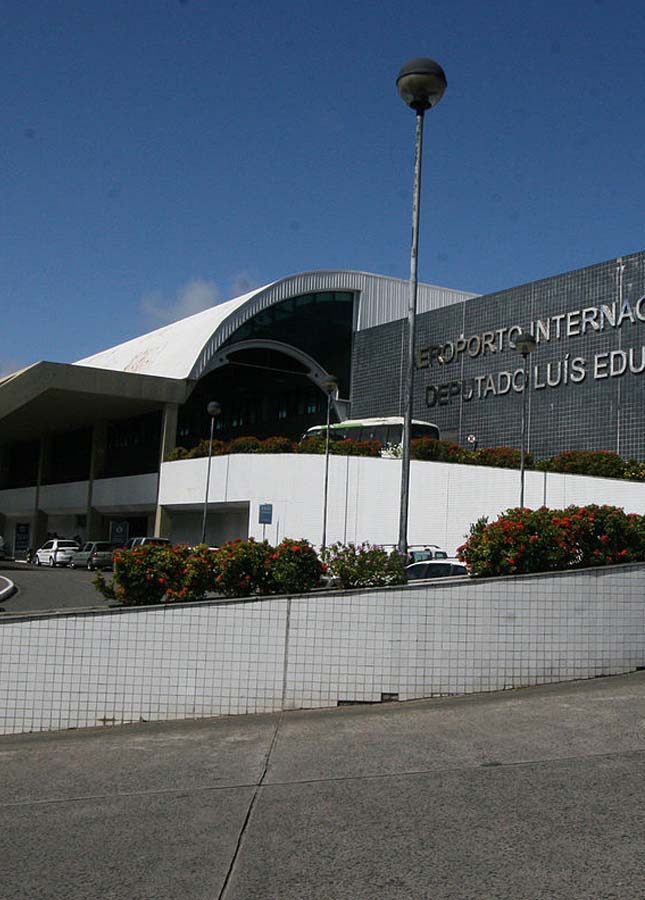1. Introduction
Salvador Luis E. Magalhaes International Airport, commonly known as Salvador Bahia Airport, serves as the gateway to the vibrant city of Salvador da Bahia, Brazil’s first capital and cultural powerhouse. Previously named Dois de Julho, it was renamed in 1998 to honor a local politician. Managed by Vinci Airports since 2018, the airport caters to both domestic and international travel, connecting passengers to destinations across Brazil and beyond.
2. Location
The airport is conveniently situated 28km north of Salvador’s bustling downtown, the airport enjoys easy access via the A292 highway. A convenient metro connection links the airport station to the Lapa district, offering a rapid and affordable option for reaching the city center.
3. History
It was opened in 1927, the airport has witnessed a century of transformation. Initially a military base, it transitioned to a commercial airport in the 1950s. Expansions over the years solidified its status as a major domestic hub, with international operations gaining prominence in recent decades.
4. Facilities
Offering a seamless travel experience, the airport boasts modern terminal buildings equipped with check-in counters, baggage claim areas, security checkpoints, and immigration desks. Duty-free stores, restaurants, cafes, and shops cater to diverse needs, while lounges offer comfortable spaces for relaxation.
5. Airlines and Destinations
Major Brazilian carriers like Gol, LATAM, and Azul dominate the domestic scene, connecting Salvador to destinations throughout the country. International operators like TAP Portugal, American Airlines, and Air France provide routes to North and South America, Europe, and beyond.
6. Transportation Infrastructure
Beyond the metro connection, taxis, car rentals, and shuttle buses ensure smooth onward journeys. Parking garages offer convenient options for those choosing to drive. The airport’s location on the A292 facilitates easy access to regional destinations by car.
7. Cargo Operations
Salvador Airport plays a vital role in regional cargo movements, with dedicated facilities handling both imports and exports. The air cargo terminal caters to a variety of goods, including perishable items, pharmaceuticals, and industrial machinery.
